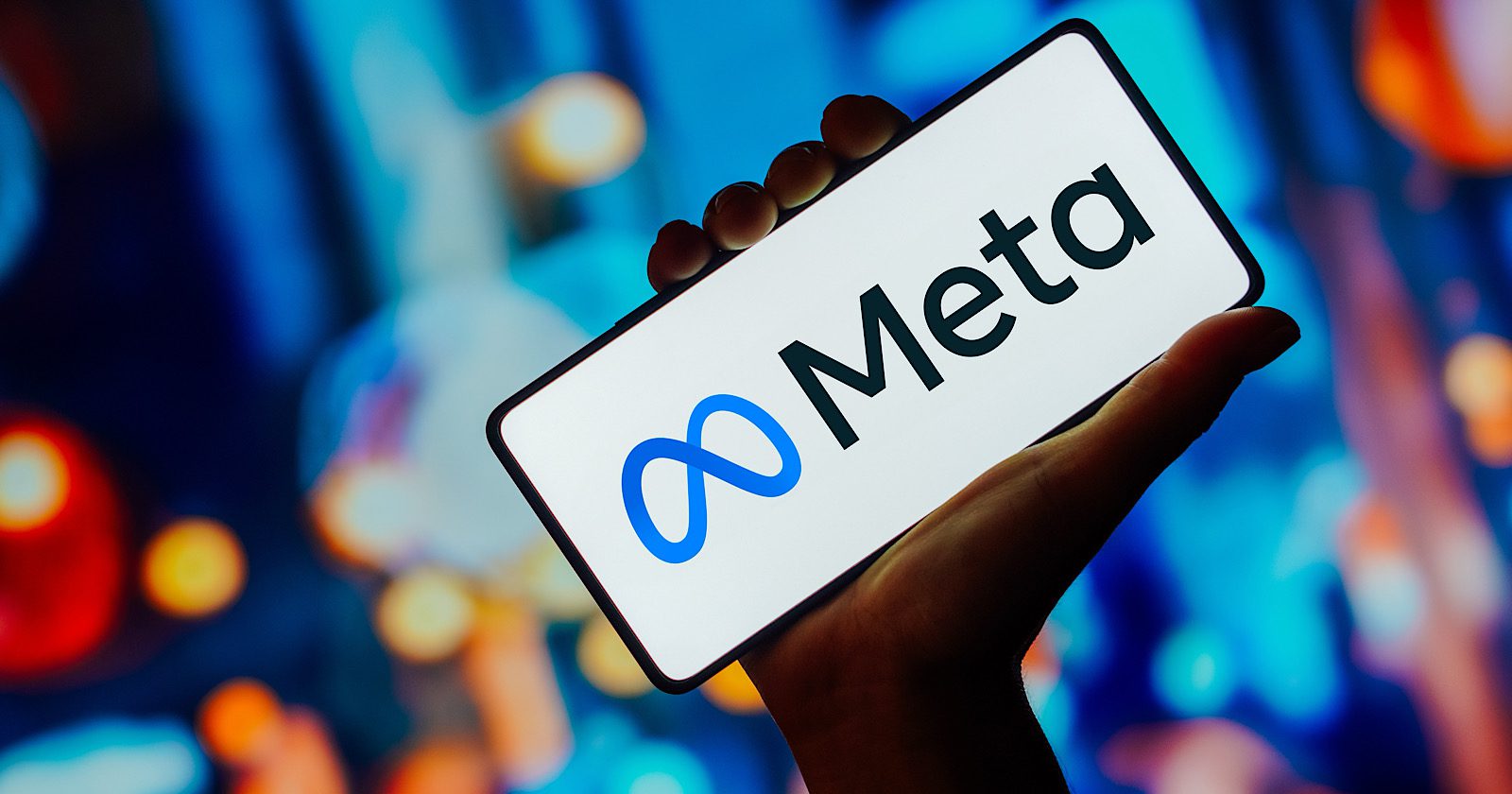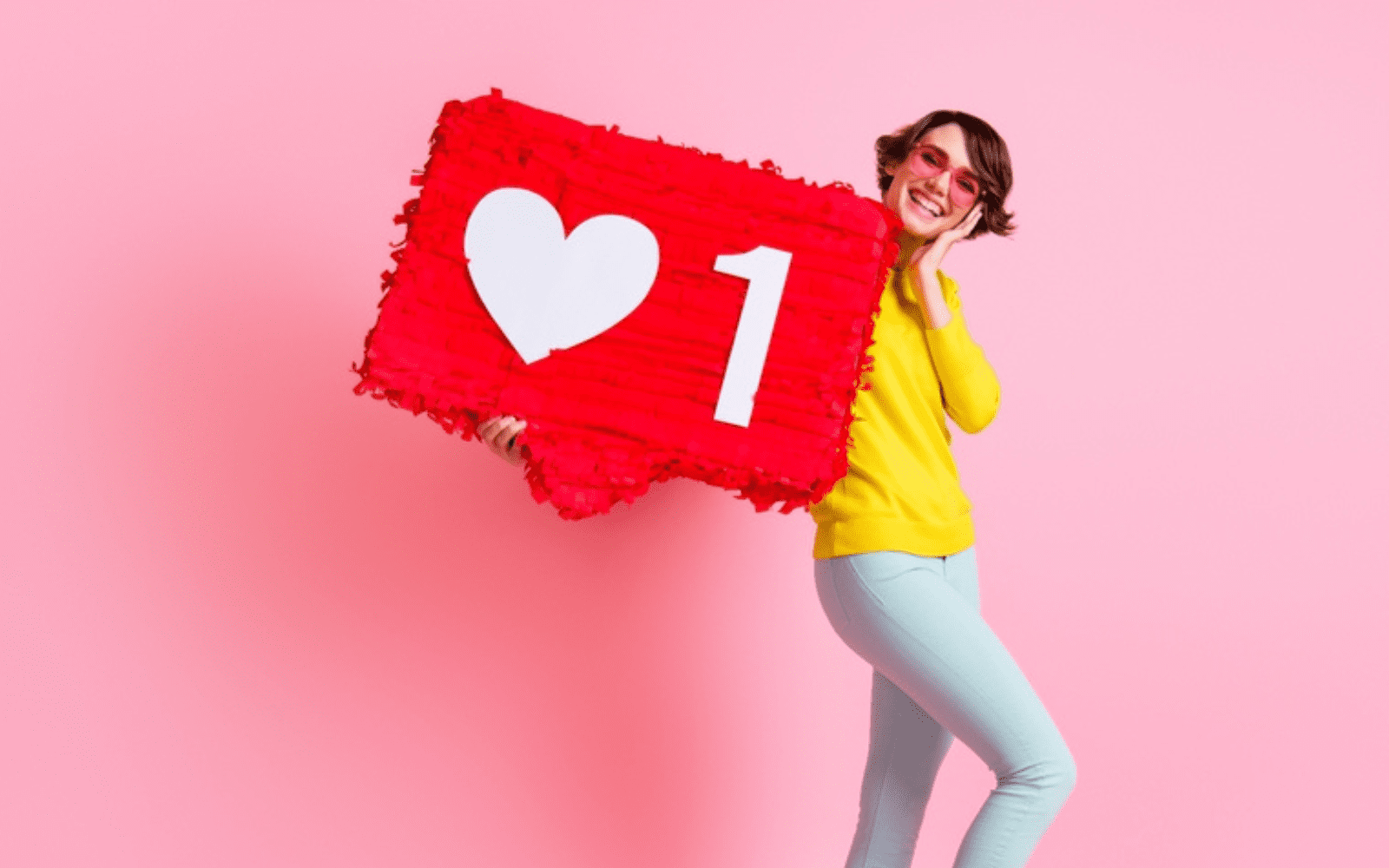Instagram is one of the top social media platforms in the world and continues to captivate users worldwide with its unique blend of visual storytelling and interactive features.
Today, it’s not just a place to connect with friends and share your life moments; it’s a crucial tool for business growth and brand awareness.
As such, it’s important to stay informed of the latest trends, user behaviors, and insights that define this platform.
In this article, you’ll find the latest and greatest Instagram facts and statistics, including details on demographics, company background, top influencers, and much more.
Instagram Facts
1. Instagram is currently the fourth most-used social media platform in the world (behind Facebook, YouTube, and WhatsApp). (Source)
2. Instagram is the 12th most visited website in the US, with an estimated 1.47 billion monthly visits in October 2023. (Source)
3. Instagram is the 10th most searched query globally, with a 338 million monthly search volume. (Source)
4. In 2022, Instagram was the second most downloaded app worldwide. (Source)
5. Instagram was co-founded by Kevin Systrom and Mike Krieger in 2010.
6. The current head of Instagram is Adam Mosseri.
7. Instagram HQ is located in Menlo Park, California.
8. In 2017, Instagram was reported to have 450 employees – though, in 2023, that number is well over 16,000.
When Was Instagram Released?
9. Instagram was launched on October 6, 2010, but the very first post was made on July 16, 2010.
How Much Is Instagram Worth?
10. In 2012, Facebook paid $1 billion for Instagram.
11. In 2018, Instagram was estimated to be worth $100 billion.
12. In 2022, Meta’s “Family of Apps,” which includes Instagram, generated $114.45 billion in revenue.
(Source) (Source) (Source)
How Many Instagram Users Are There?
13. Instagram has 2 billion monthly active users.
14. Advertisers can reach 1.6 billion users on Instagram in 2023.
15. That number is equal to 30.9% of all internet users.
16. Data suggests that 25.9% of all people 13 and older globally use Instagram.
(Source) (Source)
Instagram Account Growth Statistics
17. In September 2011, Instagram had 10 million users.
18. In February 2013, Instagram had 100 million monthly users.
19. By June 2016, Instagram had 500 million users.
20. In June 2018, Instagram had 1 billion monthly users.
21. By October 2021, Instagram had 1.16 billion users estimated.
22. In October 2023, Instagram has over 2 billion users.
23. Advertisers can reach 176 million more users on Instagram in 2023 than they could at the same time in 2022.
(Source) (Source) (Source)
Instagram Top Influencers
24. The Instagram account with the most followers is actually the Instagram account with 664 million followers.
25. The top influencer on Instagram is the ultra-dedicated Cristiano Ronaldo. He has 613 million followers compared to Lionel Messi’s follower count of 494 million.
26. Seven out of 10 of the top Instagram influencers are American.
27. Removing brands from the list to reveal accounts from individuals, the top 10 influencers across Instagram are:
*Instagram followers as of December 2023
How Much Can You Earn On Instagram?
Over the last decade, Instagram and YouTube have significantly contributed to the creator economy, giving rise to the career choice of “influencer.”
Today, content creators are able to earn a considerable income from their posts and videos.
Even a micro-influencer can earn significant income with only a modest amount of followers:
28. A nano-influencer with between 1,000 and 9,999 followers can earn up to $1,105 per post.
29. A micro-influencer with 10,000-49,999 followers can earn up to $1,674 per post.
30. A mid-level influencer with 50,000-199,999 followers can earn up to $3,396 per post.
31. A macro-influencer with 200,000-499,999 followers can earn up to $4,992 per post.
32. A mega-influencer with 500,000-999,999 followers can earn up to $5,497 per post.
33. A web celebrity with 1 million or more followers can earn up to $5,865 per post.
(Source)
Top Brands On Instagram
34. As mentioned above, the top account with the most followers on Instagram is the company itself, with 664 million followers. Removing Instagram’s own account from the list, Nike is the top-followed brand with 307 million followers.
By removing the individual influencer’s accounts, we can reveal the brands with the most followers on the platform.
Sports, especially football, are the predominant niche heavily investing in their Instagram presence.
35. The top brands on Instagram are as follows:
*Instagram followers as of December 2023
36. Business accounts on Instagram publish an average of 1.55 posts on main feed per day.
37. 62.4% of Instagram users follow or research brands and products on the platform.
38. 90% of users follow at least one business.
39. According to Instagram data, 70% of people either like or don’t mind seeing ads when they’re watching videos on the platform.
(Source) (Source)
Instagram Posts With Most Likes
40. The post with the most likes is a photograph of footballer Lionel Messi holding the 2022 FIFA World Cup, posted in December 2022.
41. Second to that is a photograph of an egg that previously held the world record since January 2019.
42. Of the top 10 most-liked Instagram posts, five are from footballer Lionel Messi.
43. Another four posts are from footballer Cristiano Ronaldo.
44. The top most-liked Instagram posts in 2023 are:
| Influencer |
Description |
Likes* |
Date of post |
| Lionel Messi |
Lionel Messi holding the FIFA World Cup |
75.6 million |
December 18, 2022 |
| World Record Egg |
Photo of an egg |
60.2 million |
January 4, 2019 |
| Lionel Messi |
Messi sleeping with FIFA trophy |
54.7 million |
December 20, 2022 |
| Cristiano Ronaldo |
Cristiano Ronaldo and Lionel Messi playing chess |
42.8 million |
November 19, 2022 |
| Lionel Messi |
Lionel Messi on a plane with the FIFA World Cup trophy |
42 million |
December 19, 2022 |
| Liz 6 |
Reel of a sunset |
34.6 million |
August 5, 2023 |
| Cristiano Ronaldo and Al Nassr FC |
Announcement of Cristiano Ronaldo joining Al Nassr FC |
34.4 million |
December 30, 2022 |
| Lionel Messi |
Lionel Messi and team celebrating the 2022 FIFA World Cup win |
34.4 million |
December 21, 2022 |
| Cristiano Ronaldo |
On elimination from 2022 FIFA World Cup |
34.2 million |
December 11, 2022 |
| Lionel Messi |
Lionel Messi and Cristiano Ronaldo playing chess |
32.8 million |
November 19, 2022 |
*Instagram likes as of December 2023
Top Instagram Hashtags Of 2023
45. Hashtags were introduced to Instagram in January 2011 and have long been an integral way of building follower counts and navigating content on the platform. In December 2017, users could follow specific hashtags to keep track of trends and show relevant content in their feed.
46. Today, you can no longer see “recent” posts from hashtags. Instead, you can use them to view curated posts from “top” users that leverage the specific hashtag.
47. The top Instagram hashtags of 2023 are:
*Instagram posts as of December 2023
(Source)
Instagram Statistics By Country
48. India is the most prominent global audience for Instagram, with more than 326.6 million users.
49. The US has the second biggest user base, with more than 168.6 million users.
Aside from the dominant countries, the platform has a worldwide reach and spread of users globally.
50. Instagram global audience size, April 2023:
| Country |
Active Instagram Users |
| India |
326.6 million |
| US |
168.6 million |
| Brazil |
132.6 million |
| Indonesia |
106 million |
| Turkey |
56.4 million |
| Japan |
54.7 million |
| Mexico |
43.8 million |
| Germany |
33.8 million |
| UK |
33.5 million |
| Italy |
30.3 million |
(Source)
Instagram Demographic Statistics
As social media has become such an integral part of our lives, user statistics reflect how essential the platform is for the younger demographic.
Social platforms are now the most important channel for consuming news, media, and entertainment.
51. As of April 2023, 50.6% of Instagram’s global users identify are male, and 49.4% are female.
52. Unlike Facebook, Instagram is dominated by a younger demographic; users aged 18 to 24 make up the majority of Instagram’s advertising audience, at 517.7 million users.
53. Instagram users worldwide by age group:
| Age group |
% of total ad audience |
| 13-17 |
8.2% |
| 18-24 |
32% |
| 25-34 |
29.6% |
| 35-44 |
15.3% |
| 45-54 |
8.2% |
| 55-64 |
4.2% |
| 65+ |
2.6% |
(Source)
Instagram As A News Source
54. 16% of US adults regularly use Instagram as a news source, compared to 30% who use Facebook and 26% who use YouTube.
55. Women account for 59% of regular news consumers on Instagram.
(Source)
In Summary
These facts and statistics are just a small snapshot of the current state of Instagram – but they provide a glimpse at the power of this social media platform.
We hope you can use some of what you’ve learned here to better understand Instagram and its users, so that you can craft more effective marketing strategies, connect authentically with your target audience, and harness Instagram’s full potential to grow your business.
More resources:
Featured Image: Roman Samborskyi/Shutterstock


